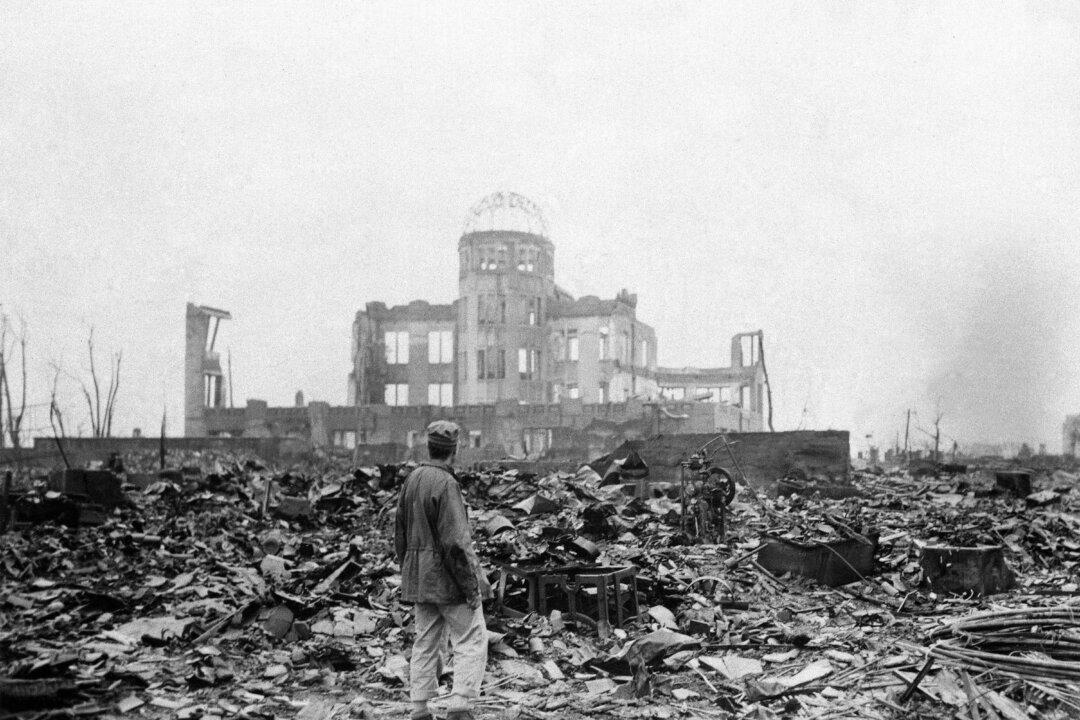Commentary
As students around the nation are returning to school, once they step into the classroom, many will be met with a curriculum that specifically attempts to paint America as the world’s “big bad.”

As students around the nation are returning to school, once they step into the classroom, many will be met with a curriculum that specifically attempts to paint America as the world’s “big bad.”